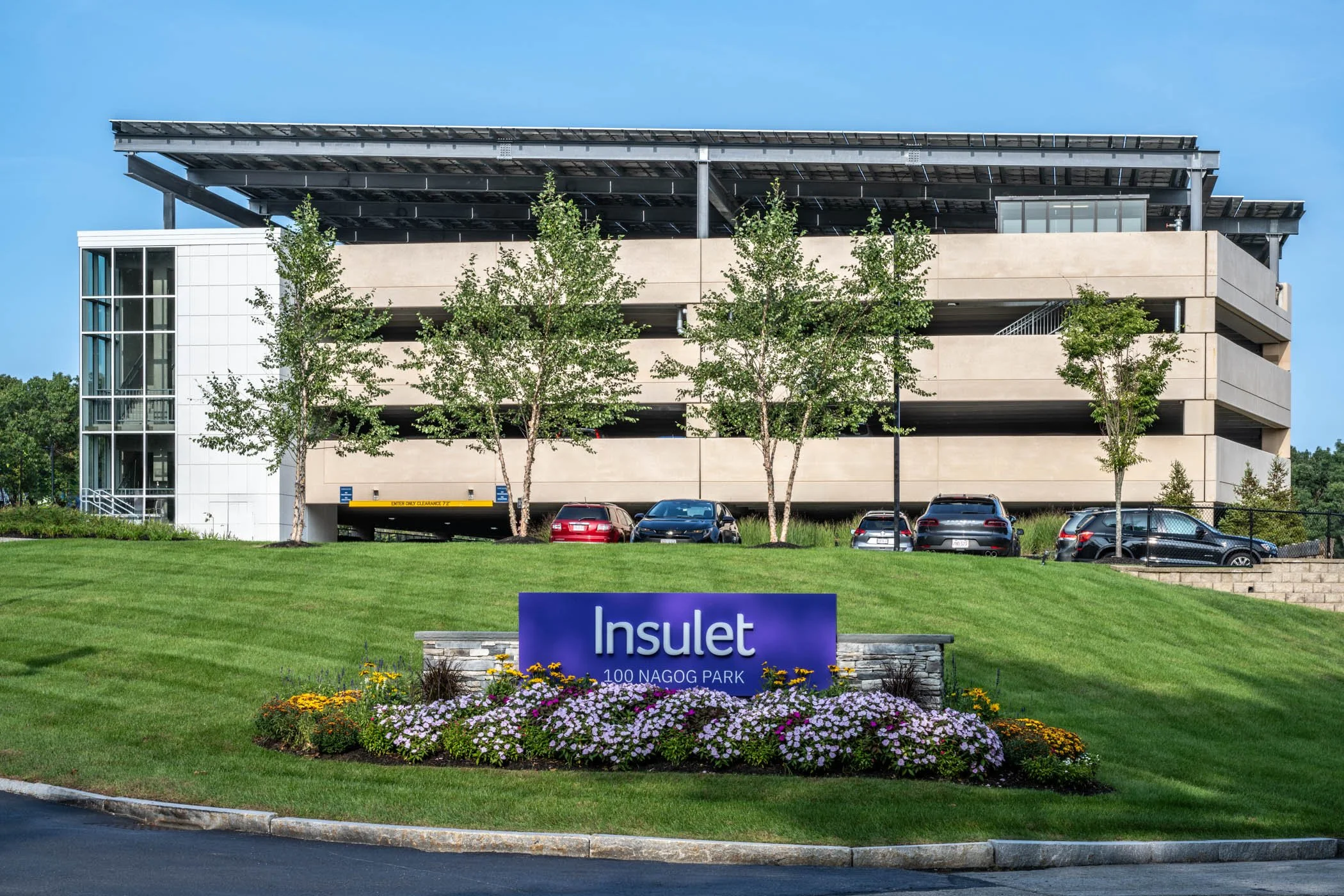My work as a professional photographer takes me to many different environments. One of the interesting contrasts I face is that photographing rural and urban architecture presents distinct challenges and opportunities. Each setting offers nuances and spatial dynamics that shape my approach. For example, in rural photography, architecture often harmonizes with the natural landscape, while in cities, architecture is a study of contrast and complexity. In both, lighting is a crucial factor, but in different ways.
Rural Architecture
Rural structures are typically characterized by simplicity, using materials that complement the surroundings. It is common in these shots that I focus on capturing how the architecture blends with its natural surroundings. More than in urban settings, I’ll work to integrate a structure’s environment, juxtaposing the man-made structure against open spaces, topography, or nature. Rural architecture is often imbued with local traditions or a degree of cultural heritage. Capturing these elements requires a keen eye for detail and an appreciation for the relationship between built forms and their natural context.
This is a great example of a built structure juxtaposed against its environment.
Urban Architecture
Intricate facades, tall skyscrapers, and a multitude of textures define cityscapes. In urban environments, I sometimes grapple with portraying the scale and density of structures while maintaining a sense of order in my shots. I frequently use street-level perspectives and dynamic angles to highlight building architecture to add interest to my shots. If I can access adjacent buildings, I often find interesting alternative angles and sightlines that would never come into play in a rural setting.
Depending on the scope of the project, I find that urban settings offer opportunities for capturing the interplay between old and new architecture, illustrating the evolution of a city over time.
This picture provides a nice example of the contrast of new with old
Unlike rural photography, in urban settings, people and activity are more pronounced, and I often work to capture the interaction between people and architecture. This adds a social dimension to the photographs, conveying the vibrancy and pulse of city life.
Notice the a difference people make in this shot
Lighting
Lighting and the time of day are factors in both rural and urban architecture. Particularly at this time of the year, when the sun is low in the sky, shadows are a significant factor to contend with, so scheduling is critical. In cities, adjacent buildings may cast my subject in shade for a significant portion of the day. In rural settings, trees are the culprits in casting deep shadows across buildings and the surroundings. To contend with this, sometimes our best option is a twilight shot. Other times I can only accomplish my goals for a shot by shooting in the summer months when the sun is overhead. In both urban and rural settings, the warm light of “magic hour” (just after sunset) adds warmth and a little romance to architecture.
Notice the large shadow cast on this building by surrounding structures
This made for a terrific shot and precluded issues with daytime lighting
Seasonal Considerations
Generally, it is best if photography is season-neutral. Holiday decorations on a building look very out of place in the spring, summer, or fall. I try to schedule around the Holidays for external shots, and if photographing interiors during the Holidays, I ask that the decorations be removed during the shoot. If you include people in the shots, consider shooting on warmer days so they aren’t wearing heavy overcoats and hats. In late fall, keep an eye on the weather to ensure you get images with intact foliage - a windstorm can remove leaves in a day.
Walk-Throughs
Whether urban or rural, I always do my homework, starting with a walkthrough of the property before the shoot. This allows me to plan the shoot and also make requests such as staging, approvals to access certain areas, the need for landscaping work, and noting other issues or opportunities before we begin photographing.
During the walkthrough I made sure that the lawn would be freshly cut and that we had flowers in bloom for this shoot
As a professional photographer, I have found that rural and urban architecture requires distinct approaches due to the inherent differences in their settings. Rural architecture has specific challenges, such as integration with nature, whereas urban architecture demands an understanding of scale, texture, and the interplay between old and new. In both settings, lighting plays a critical role in getting the right shot. By recognizing these differences, I am able to capture the essence and character of each environment for my clients.
Don’t Wait
Each of the images shown here was taken since last month’s post. As you can see I work in a diverse range of environments so whatever environment you are in - urban, suburban or rural - we are here to help . If you need a head start on next year for residential structures, commercial buildings, or landscapes - fall photography can provide superb results. However, the window is rapidly closing so the time is now. Please give me a call and let’s make it happen.









